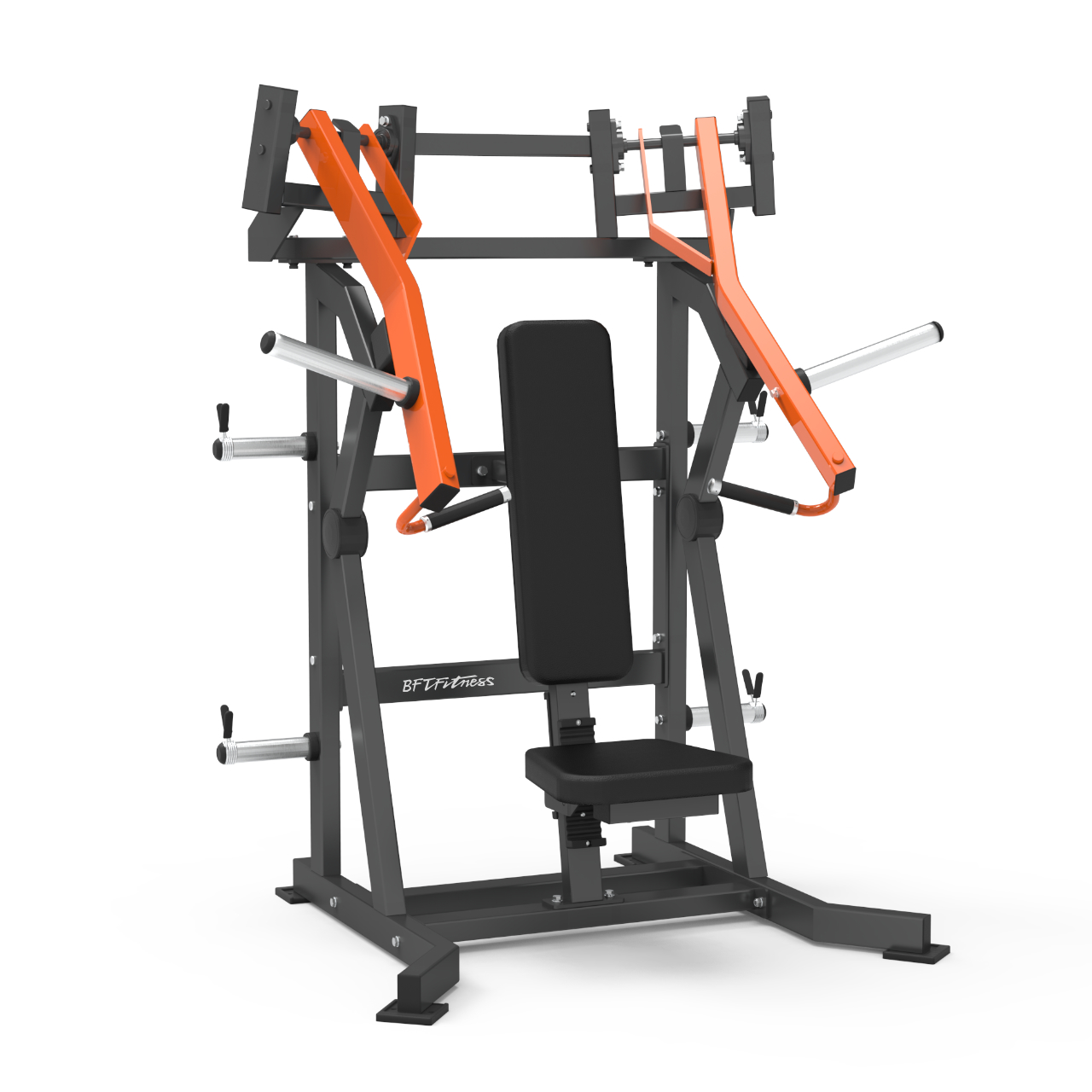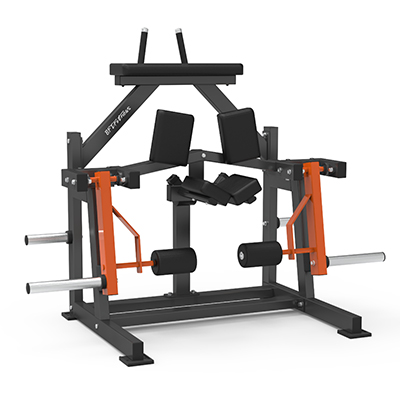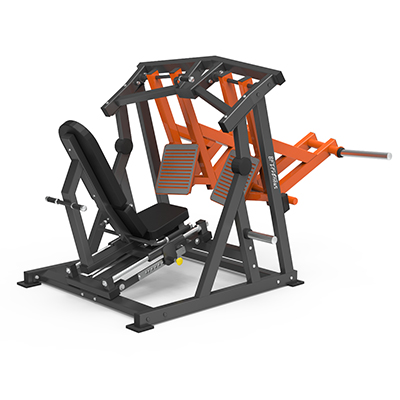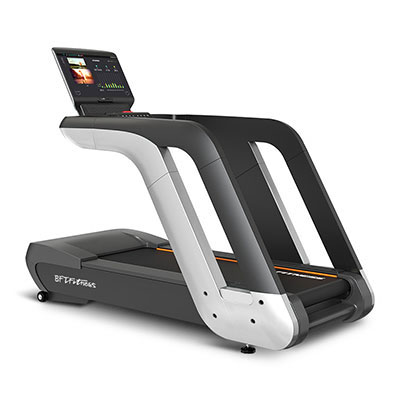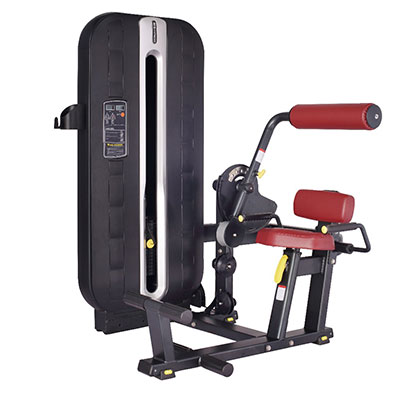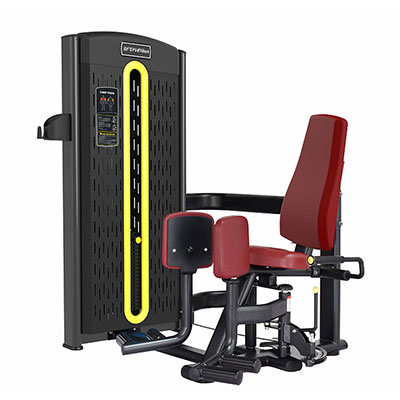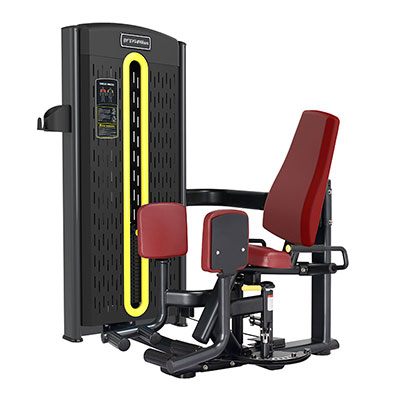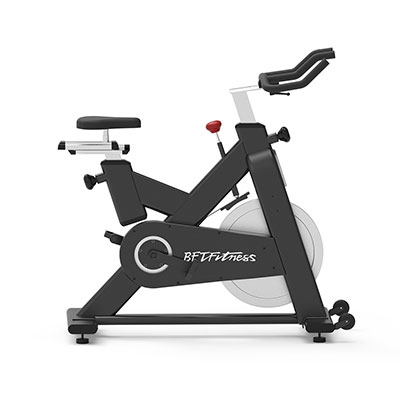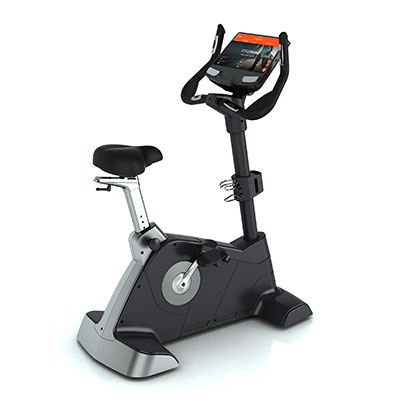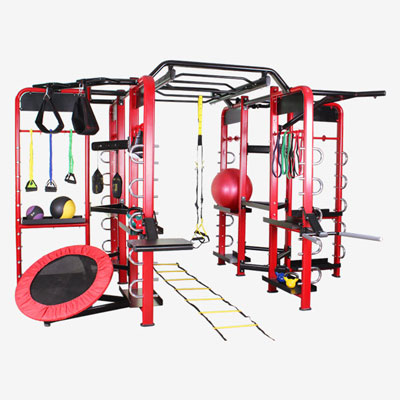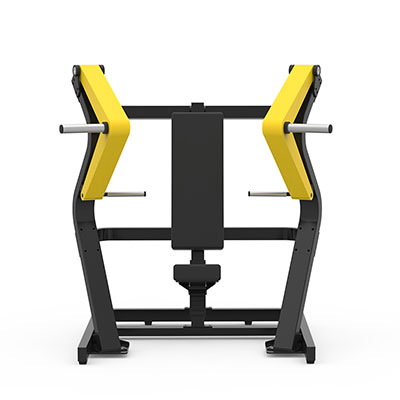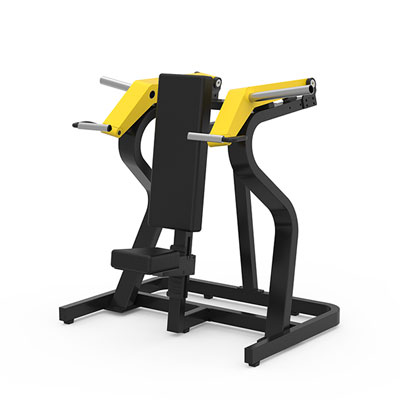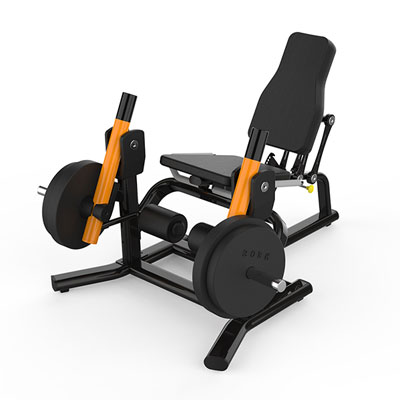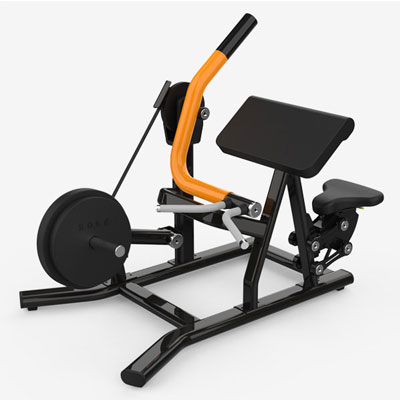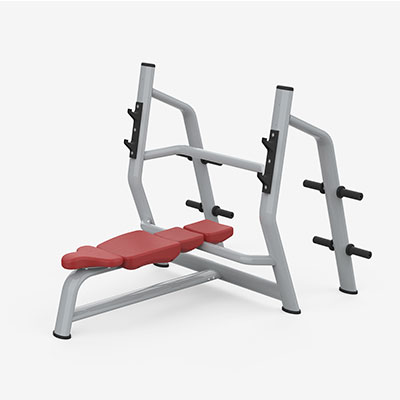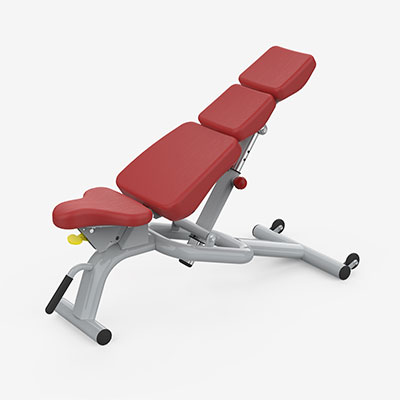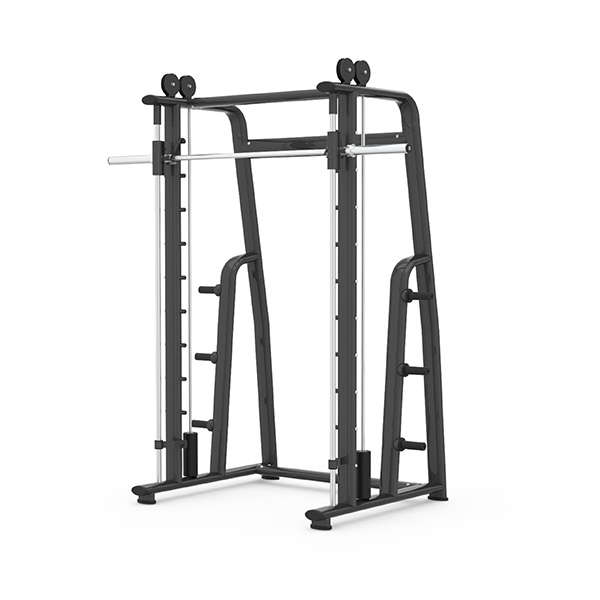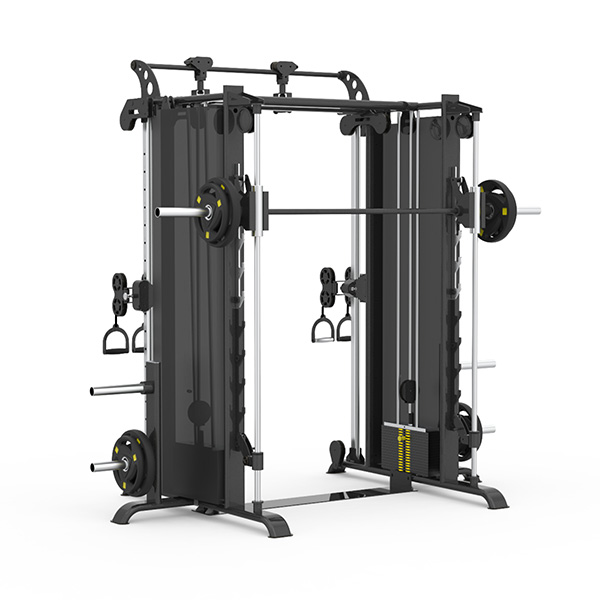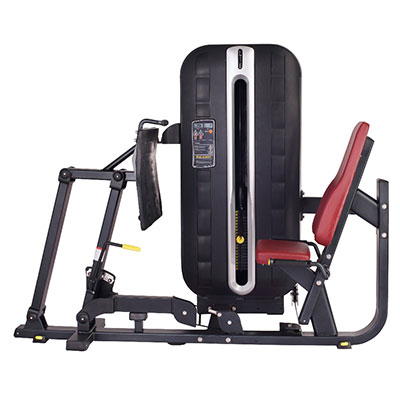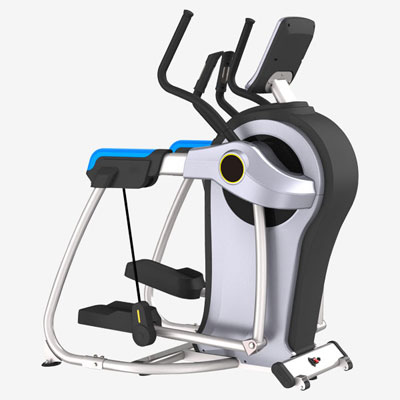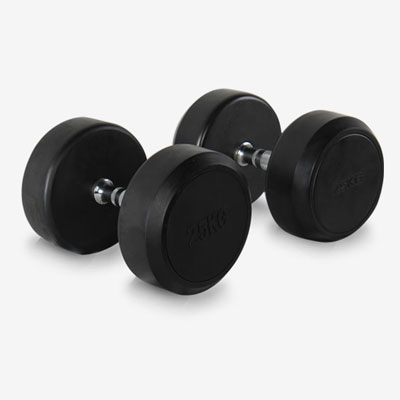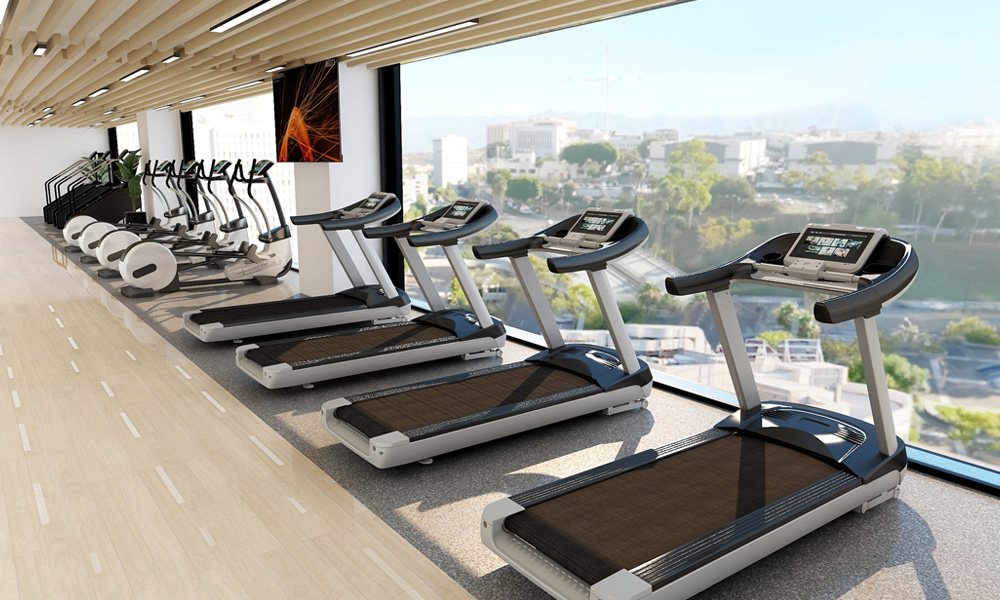The Impact of Trump’s Tariffs on China’s Fitness Equipment Export Industry
In recent days, President Donald Trump has significantly escalated trade tensions with China by imposing substantial new tariffs on Chinese imports. On April 8, 2025, he amended an executive order to increase retaliatory tariffs by 50%, bringing the total U.S. tariffs on Chinese goods to 104%. This decision was a response to China's earlier imposition of a 34% duty on U.S. goods, which itself was a reaction to Trump's announcement of reciprocal tariffs on approximately 90 countries with trade imbalances against the U.S. Trump justified these measures as essential for national security and economic protection. These tariffs have had a notable impact on China's fitness equipment export industry, both in the short and long term.

1. Increased Costs and Reduced Competitiveness
The immediate effect of the tariffs was an increase in the cost of Chinese fitness equipment in the U.S. market. With tariffs ranging from 10% to 25% on various products, Chinese manufacturers either had to absorb the additional cost—thus reducing profit margins—or pass the cost onto American importers and consumers, making Chinese products less price-competitive.
This shift provided an opportunity for fitness equipment manufacturers from other countries such as Vietnam, Taiwan, and Mexico to gain a stronger foothold in the U.S. market. Some U.S. companies also started sourcing from domestic producers or exploring new suppliers outside of China to avoid the tariffs.
2. Supply Chain Adjustments
To mitigate the impact of tariffs, many Chinese fitness equipment exporters began exploring alternative strategies. These included:
Shifting production to Southeast Asia: Some Chinese companies established or partnered with factories in countries like Vietnam or Thailand to bypass tariffs.
Modifying product categories: Others attempted to reclassify their products under different Harmonized System (HS) codes to avoid higher duties.
Diversifying markets: Chinese exporters also sought to expand into Europe, the Middle East, and South America to reduce dependence on the U.S. market.
3. Long-Term Industry Effects
Although the tariffs created short-term challenges, they also forced Chinese manufacturers to upgrade product quality, improve operational efficiency, and focus on innovation. In the long run, this has helped some companies become more competitive globally.
Moreover, the demand for fitness equipment surged globally during and after the COVID-19 pandemic, partly offsetting losses from the U.S. market. Many Chinese factories were able to maintain stable export volumes by leveraging large inventories, fast production cycles, and flexible customization services.
4. Strategic Responses by Chinese Exporters
Chinese fitness equipment exporters adopted various strategies to remain competitive in the international market:
Providing one-stop gym equipment solutions, including full gym setups and layout planning.
Offering professional consultation services, such as 2D/3D gym designs and personalized equipment recommendations.
Highlighting the price advantage and large stock availability in China to appeal to overseas buyers.
Building long-term relationships with distributors and gyms, offering after-sales support and training services.
Conclusion
Trump’s tariffs presented significant obstacles for China’s fitness equipment export industry, particularly in the U.S. market. However, they also acted as a catalyst for strategic transformation and global diversification. Today, Chinese fitness equipment manufacturers are more resilient and better positioned to compete in a dynamic global marketplace.

